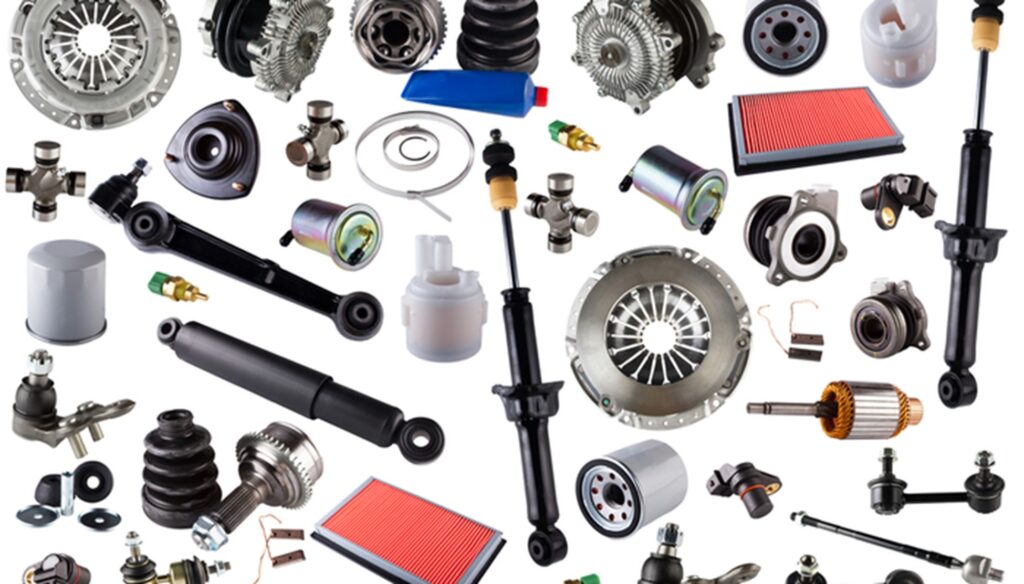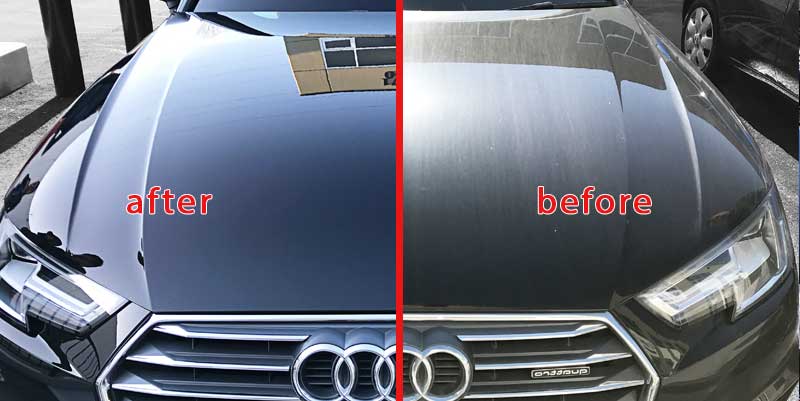When you turn the key in your car’s ignition, you set off a series of processes that start with the fuel supply system. This crucial system ensures your engine receives the right amount of fuel to run smoothly. Whether you’re a seasoned driver or new to the world of automobiles, understanding how your car fuel supply system works can help you maintain your vehicle and troubleshoot issues effectively.
Components of the Car Fuel Supply System
The car fuel supply system comprises several key components:
- Fuel Tank: This is where the journey begins for your fuel. It stores gasoline or diesel until it’s needed by the engine.
- Fuel Pump: As you start your car, the fuel pump, typically located inside the fuel tank or near it, draws fuel and sends it to the engine. Modern cars often use electric fuel pumps for efficiency.
- Fuel Filter: Before entering the engine, fuel passes through a filter to remove impurities and debris. A clean fuel filter is essential for optimal engine performance.
- Fuel Injectors: In fuel-injected engines, fuel injectors spray a fine mist of fuel directly into the combustion chamber or intake manifold. This process ensures precise fuel delivery based on engine demands.
- Fuel Pressure Regulator: To maintain consistent fuel pressure, a regulator adjusts and controls the flow of fuel through the system. This helps optimize engine efficiency and performance.
Types of Fuel Systems
There are primarily two types of car fuel supply systems:
- Carbureted System: Older vehicles and some motorcycles use carburetors to mix air and fuel before entering the engine’s combustion chamber. Carburetors have largely been replaced by fuel injection systems due to their improved efficiency and performance.
- Fuel Injection System: Most modern vehicles use fuel injection systems, which deliver fuel directly into the engine cylinders or intake manifold. This method allows for precise control over fuel delivery, resulting in better fuel efficiency and reduced emissions.
Maintenance Tips for Your Fuel Supply System
To keep your car fuel supply system in top condition:
- Regular Inspections: Check for fuel leaks, inspect fuel lines, and ensure the fuel cap seals properly to prevent evaporation.
- Fuel Filter Replacement: Follow manufacturer recommendations for replacing the fuel filter to maintain fuel purity and prevent clogs.
- Use Quality Fuel: Choose reputable gas stations and avoid low-quality fuels that may contain contaminants.
- Professional Service: If you notice a decrease in fuel efficiency or engine performance, have your fuel system inspected by a qualified mechanic.
Common Issues with the Fuel Supply System
Understanding potential problems can help you address issues promptly:
- Clogged Fuel Filter: Symptoms include engine misfires, hesitation during acceleration, or difficulty starting the engine.
- Fuel Pump Failure: A failing fuel pump may cause engine sputtering at high speeds or a loss of power during acceleration.
- Fuel Leaks: Leaking fuel lines or connections can pose a safety hazard and affect fuel efficiency.
Conclusion
Your car fuel supply system is vital for the smooth operation of your vehicle. By understanding its components, types, and maintenance needs, you can ensure your car runs efficiently and reliably for years to come. Regular inspections and prompt attention to any issues will not only save you money in the long run but also enhance your driving experience. Take care of your fuel supply system, and your car will reward you with optimal performance on the road.
3.5

